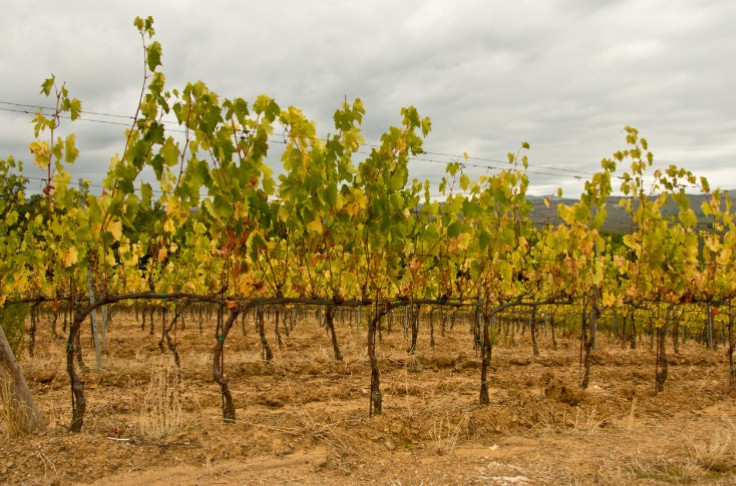European vineyards more affected than others by climate change

uropean wine regions have been most affected by global climate change since 1950, according to a whole host of agro-climatic indicators studied by an international team including France’s Inrae and the Montpellier Institut Agro.
The researchers’ findings, detailed in the Plos Climate journal, show for example that the number of days where maximum temperatures under cover exceed 35°C is higher across the vineyards of Europe than elsewhere in the world. They also show that in France, maximum daily temperatures recorded from budburst to harvesting have increased by approximately 3°C since 1980, whereas in Spain and Italy, the increases are approximately 2°C. In other parts of the world, such as the United States, Japan and South Africa, the rise in temperatures has remained below 1°C. The scientists explain that “Europe’s northern latitudinal location (which is higher than most other northern hemisphere winegrowing regions) positions it for more extreme warming overall as northern latitudes warm the most”.
Although the extent of climate change is more limited in other parts of the world, the researchers point out that even small increases in temperature or slight shifts in precipitations can be enough to cause serious damage in vineyards where the conditions are already extreme. “This is the case in North Africa and Australia where wildfires destroy harvests”.
Factoring in the phenology of the 500 most widely grown cultivars in the world, the researchers have so far seen little effect of genetic diversity on the intensity of climate change. However, they believe that shifting to longer-ripening and more heat- and drought-tolerant varieties of winegrapes should build resilience in winegrowing.






